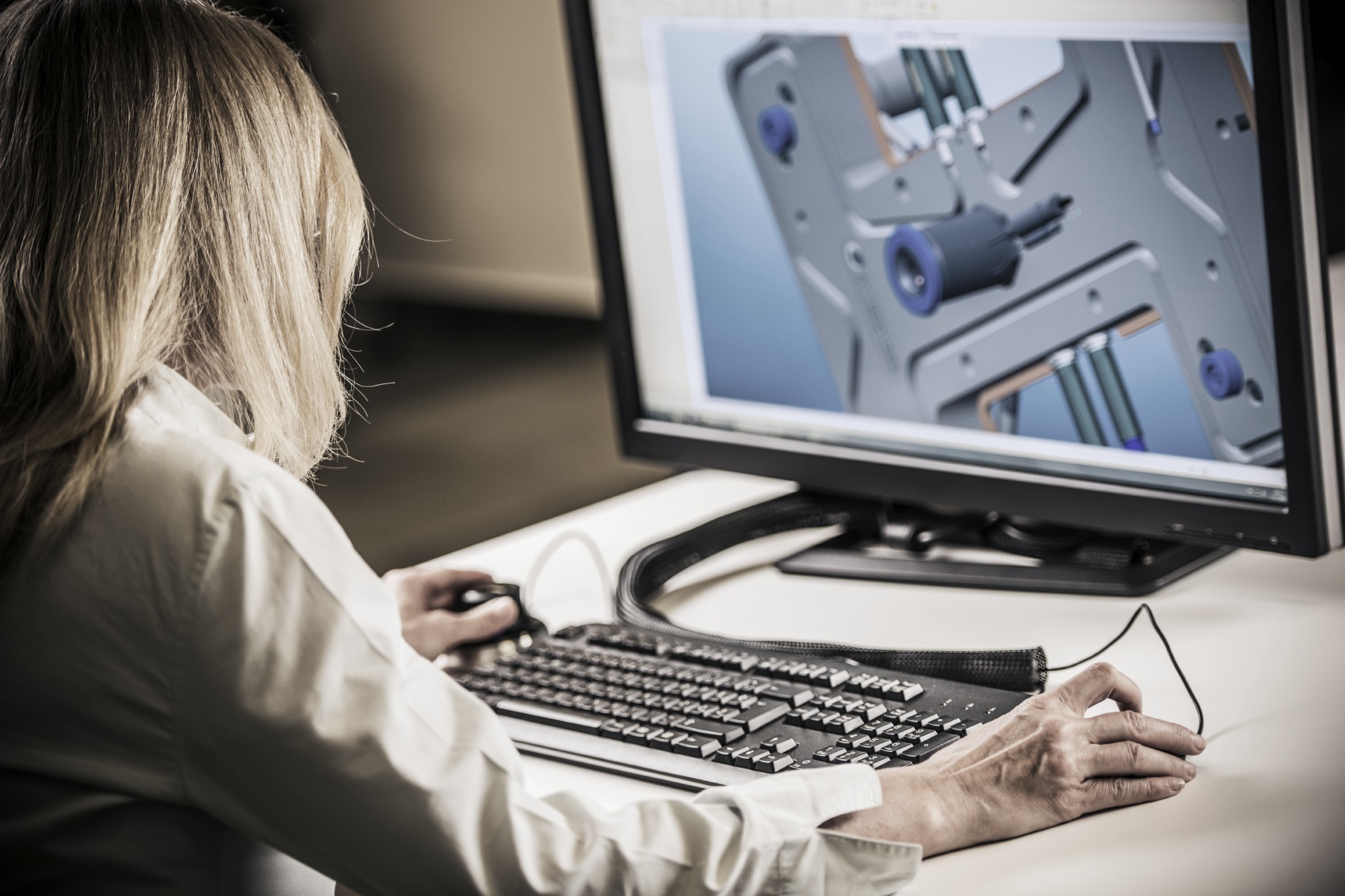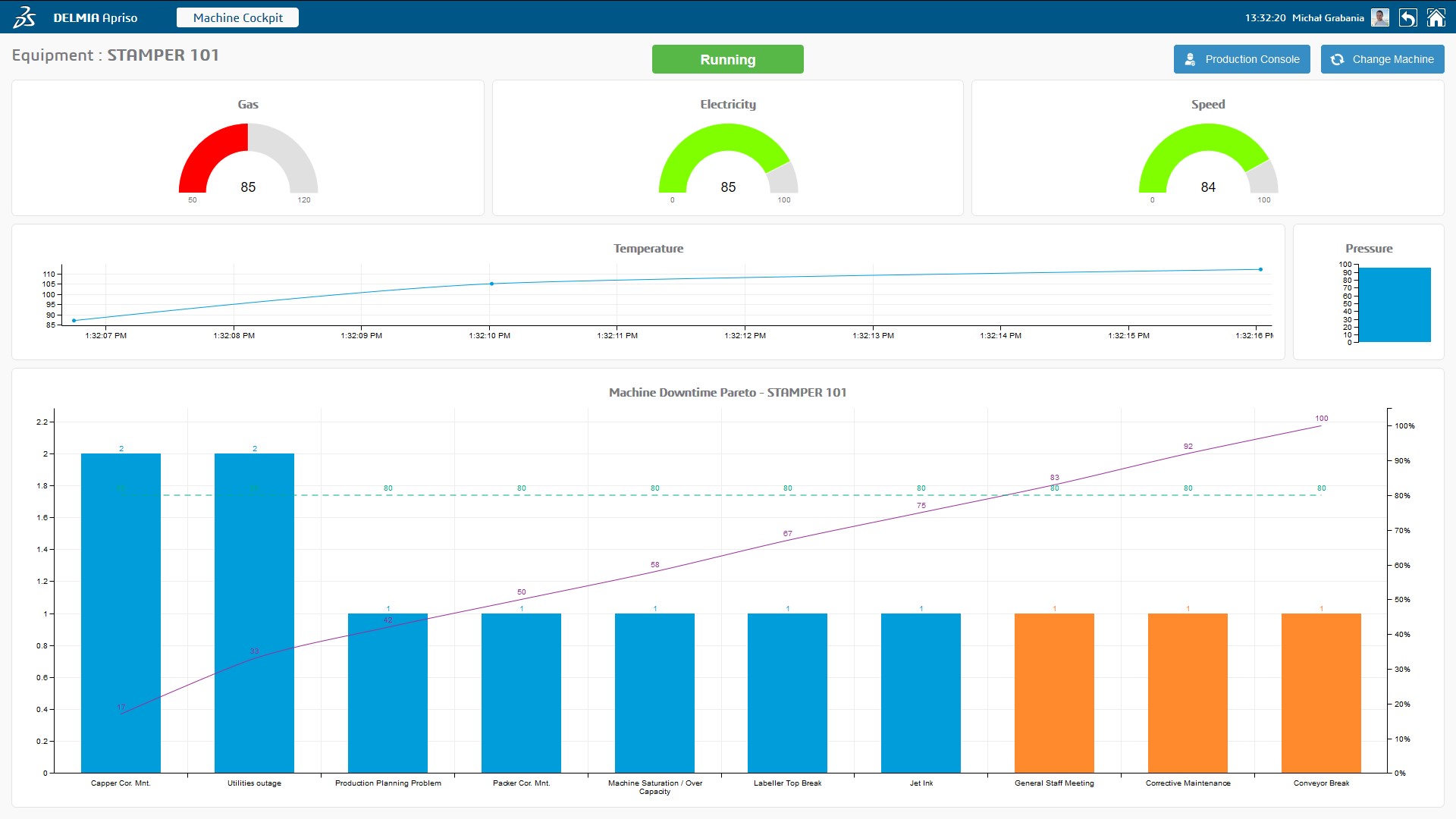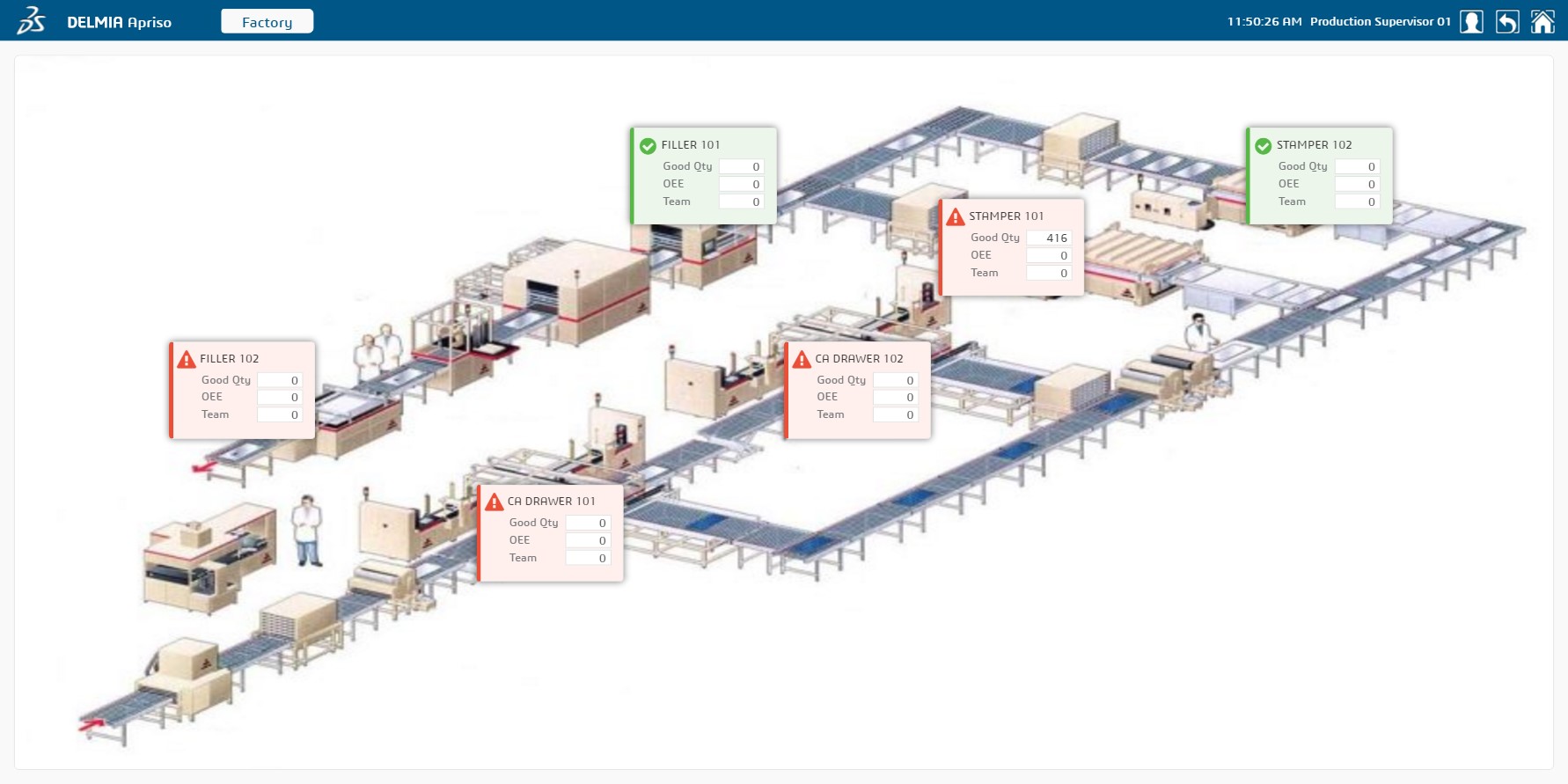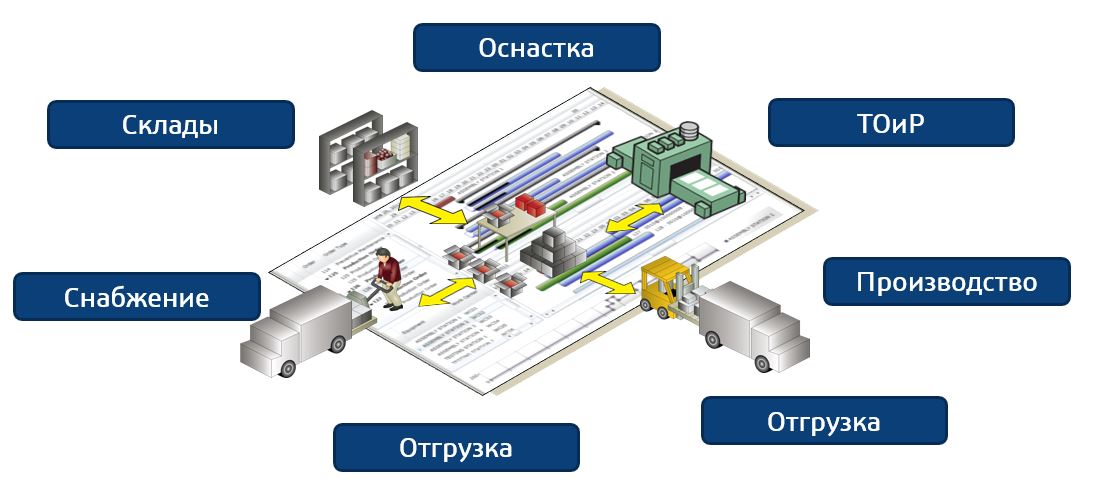
In the coming years, the industry will face several related challenges:
- . , , , . , , .
- . , , , – , . , . , , , .
- . – , . , , . -, , , .
- Social demand for environmentally friendly and rational, socially oriented production. Such companies produce products, taking into account the current and future needs of consumers, the needs of future generations, and puts people and relationships between people at the head, rather than treating a person as a resource. Companies that do not think about customers, employees and the environment in which they exist risk losing both the former and the latter, leaving the environment to those who are ready to harmoniously fit into it.
These tasks need to be solved together. At the same time, it is also necessary to reduce costs, direct and indirect labor, overhead costs, expand the range of products or customize it while reducing time to market, the ability to manage the flow of products and information at a constantly increasing level of quality.
Management in the context of value
In production, the management of information and resource flows takes place in a multi-factor environment, in production departments, planning departments, departments of process engineers, maintenance and repair, internal logistics, quality, etc. All processes must be coordinated so that products are produced on time and with the required quality level. At the same time, it is necessary to take into account all the parameters of equipment, raw materials, components, the environment, and at the managerial level - to have an idea of the state of production and production processes, an objective assessment of their capabilities, the cost of production, possible improvements - for making decisions. For this, production management systems are used.
A functioning production already has a production management system. Maybe based on paper workflow and interpersonal relationships. Such systems have a right to exist. They can even be effective. Of course, depending on the size of the enterprise. However, as the requirements for products, processes, traceability and genealogy of products increase, as the range of products to which the requirements are applied increases, the volume of information increases, and the complexity of management increases.
The likelihood of inconsistencies of various kinds also increases.

The use of MES systems, usually paired with APS solutions (production planning and scheduling / scheduling systems), allow you to automate part of the routine, but strenuous work, as well as take on the tasks of collecting and providing information for different levels of enterprise management. In doing so, they leave more time for work that creates value for the consumer and the company.
It is important to understand what value is. In the absence of understanding the needs of internal and external customers, effective enterprise management is impossible. In the concept of lean manufacturing, the concept of value is described by four points:
- Give the client what he wants . Those. the product meets all customer requirements and / or anticipates them to some extent.
- , . .. , .
- , . .. , .
- , . .. , .
For the customer, a product that meets these points is of high quality, i.e. adequately corresponding to the entire set of inherent characteristics requirements. Given the challenges described above - the problems and complexities facing modern manufacturing enterprises, the question arises: how to manage them in such conditions?
What are MES systems for?
Like any commercial enterprise, a production asset must be profitable. Since manufacturing creates a product demanded by the consumer, it is the main source of profit generation. The processes involved in the production cycle have a different effect on the cost of the product. The more efficient the processes, the less losses due to defects, downtime, corrections, the lower the cost price for the manufacturer and the higher his profit. Therefore, the use of different automated systems or the installation of new equipment is always considered in the context of reducing the costs associated with the inefficiency of existing processes and operations, as well as the impact on productivity and quality levels.

Manufacturing Execution Systems (MES / MOM) such as DELMIA Apriso , are a tool that requires not only serious financial investments for acquisition and implementation, but also a deep detailed analysis and sometimes revision of the existing business processes of the enterprise. They must not only harmoniously integrate into the existing structure of the enterprise, but also meet expectations: provide convenient management, provide up-to-date and accurate information for decision-making, and meet current and future requirements of production and society.
Support for already built processes allows you to maintain a comfortable working environment, reduce emotional stress and stress within the team. Given the complex impact of MES systems on the enterprise, their implementation should not be a whim or a pursuit of the digitalization trend. They must solve problems that bother both the production worker and the owner of the production enterprise, help the enterprise become more profitable and continuously develop.
Enterprise flexibility
H.-P. Wiendahl, Ph.D., identified three types of enterprise flexibility as a system. By developing them, you can successfully work in modern turbulent markets, focused on the consumer and his values:
- , , . , , , . , , , , .
- , , .
- Strategic flexibility , long-term oriented ability of an enterprise to respond to a changing market. In the context of strategic flexibility, the entire production and its ability to adapt to market needs are considered.
To realize all three types of enterprise flexibility as a system, it is necessary to successfully combine tools and methods in the field of organization management and modern digital solutions for managing production processes and operations.
Digitalisation and Lean Manufacturing
Lean manufacturing is one of the management concepts. This concept has proven the consistency and effectiveness of the methods used in enterprises in various industries. Focused on meeting the needs of the client in accordance with the expected values, it allows you to reduce costs not directly related to the production process, eliminating the known types of losses.
In addition to the routine use of lean manufacturing tools to solve emerging problems, its important tasks are the organization of the value stream - aligning processes and operations in a sequence corresponding to the processes of working on the product, and improving the operations themselves. This often requires revising the current layout, relocating equipment, and deeply analyzing operations to assess the real value added, which takes time.
In the event of a change in the nomenclature or product configuration, a new round of such actions may be required. And these actions need to be reasonably evaluated so that you do not have to redo everything.

Digital Manufacturing Tools from Dassault Systemes
To work with such tasks, it is effective to use solutions from the field of digital production (Digital Manufacturing). They allow you to simulate a production process in a three-dimensional environment with the placement of equipment in workshops, work out technological routes, and analyze product processing operations. Such functions are implemented by DELMIA Digital Manufacturing.

For existing industries, this makes it possible to see the dynamics of current flows, detect bottlenecks and model a new state before deciding on physical changes. This allows you to evaluate the effectiveness of the planned changes, to evaluate the processing operations, without interfering or interrupting the real physical process. In addition, it is possible to simulate operator-intensive operations and assess not only the time taken to create value, but also the ergonomics of the operations to create a comfortable work environment.
The use of such tools for projected production facilities will allow you to avoid mistakes and launch the most efficient process the first time, taking into account the premises, equipment, tools and the expected level of demand.
When new products are launched into production, the use of such solutions allows simulating the future process in a virtual environment, planning the placement of new equipment, or assessing the suitability of the existing one, as well as the assembly of the product.
The use of MES systems (such as DELMAI Manufacturing & Operations) allows you to build the process of interaction between engineering and production departments in such a way as to minimize the time spent on non-value-creating work, for example, notification of non-compliance or receiving instructions at the point of use, accounting of operations for quality control and operations between production units to ensure timely replenishment of inventory levels at sites and their movement downstream.
Analysis of the data received from the equipment makes it possible to build in automatic or manual notifications for maintenance and repair personnel, to increase the efficiency of the equipment use and receive information about its condition, automatically calculating its efficiency indicators. It is also possible to schedule reordering of maintenance components or tools according to predefined maintenance processes.
Thus, digital solutions for automating the management of production processes, including the processes of internal logistics, MRO and quality management, allow realizing and maintaining operational flexibility of production with minimal costs. Solutions that allow you to simulate production at the workshop level or to evaluate the operations themselves in conjunction with APS ( DELMIA Ortems ) provide tactical flexibility. And the use of such tools in conjunction with platform solutions (such as 3DEXPERIENCE ) that connect all teams, including sales and marketing, allows you to fully realize strategic flexibility.

It is necessary for the rapid development of a product required by the market, analysis of the possibility of its production, evaluation of the production itself and continuous development of the product and the company based on feedback from customers.
Where to begin
The introduction of systems of this class should not be a whim in the pursuit of digitalization. It requires not only large financial investments that should pay off, but also an analysis of current processes in order to understand their capabilities, existing competencies and possible difficulties. Moreover, a clear statement of the problem is required - what digitalization should solve, what indicators are not being achieved, what problems exist, etc.
Since the solutions are not boxed, but represent a fairly large set of applications of different functions, but interacting with each other, it is impossible to independently assess the applicability without knowing the full range of their functions. Attracting competent specialists in the field of digital manufacturing and manufacturing consulting will allow you to get a snapshot of the current state of production and see the likely path of development in a short period of time. Dassault Systemes
Company as the very first step towards the implementation of production management systems, he proposes to conduct a short one and a half day free business survey of production DELMIA Maturity Assessment with key employees of the enterprise. This will identify existing needs, assess the digital maturity of processes, identify growth points and form a high-level digital development strategy focused on the company's objectives, as well as plans for further possible cooperation.
Want to know more? Follow the links, listen to the recordings of the webinars!
PRODUCTION PLANNING SOLUTION FOR AN ENTERPRISE: APPROACH OVERVIEW AND IMPLEMENTATION IN DELMIA ORTEMS SYSTEM PLANNING AND OPTIMIZATION OF AUTOMATIC COMPONENT
PRODUCTION IN DELMIA ORTEMS APS SYSTEM